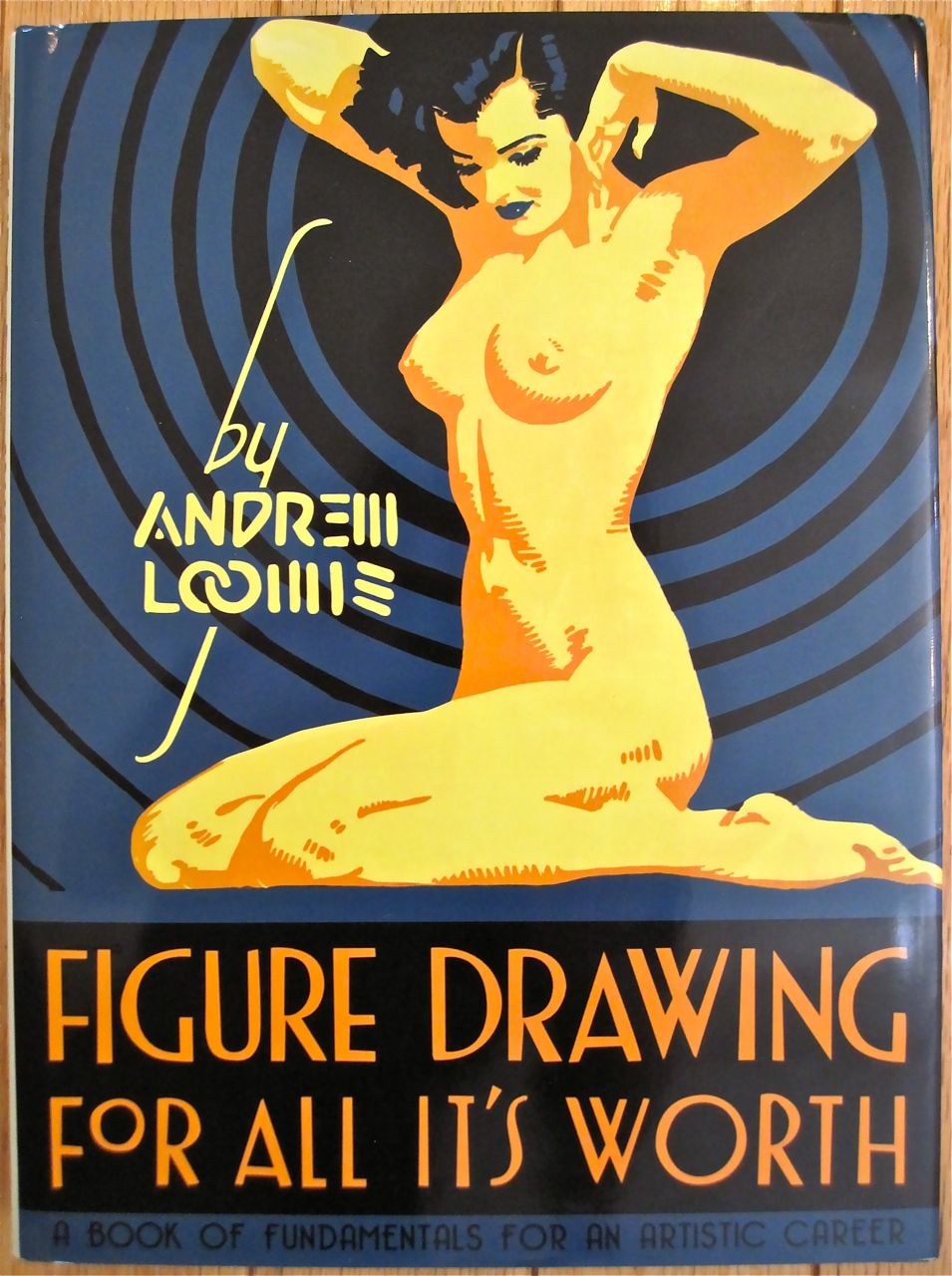This is a great book right here. If you draw figures on a regular basis, I implore you to get this book. It's everything you need to know about the body from bones to skin, and It has helped me tremendously (still does).
Figure Drawing For all It's worth (Buy it goddammit!)
Also, this is a great place to start if you feel like you need to improve at figures and you want to take my method for a test drive.
(This is the second article based on a previous post Become a Better Artist Overnight, Which I recommend you read first. So, let's continue shall we?)
Last week I covered steps 1 and 2 of learning to learn, and now I will cover 3. Preview the material or technique and 4. Focus. For those who are interested in the science behind all this, I would like you to listen to a podcast episode of Radiolab on the subject of Choice. It's only an hour, it's crazy interesting, and I think it will help you have a better understanding of the topics I cover in this post.
3. Preview the material or technique (I see what you mean)
How many times have you buckled down to learn something hard? Your quivering caffeine enriched fingers turn the pages containing blocks of incomprehensible text as you struggle to focus on what you're trying to learn in the first place. If you've done this, than I'm sure you've also lifted your head after an hour or so only to realize you don't remember anything.
My friends, this is poor learning technique. You cannot treat informational text the same way to treat a novel. This is why, when you're learning non-fiction textbook material you need to spoil the ending for yourself. Let me explain.
Some call this "Previewing the text," educators call this "Learning Non-Fiction Text Structures," and I like to call this "Priming the Brain."
When being introduced to anything new, the mind preforms the best when it can make educated assumptions about what is there. When you jump into a text book, your brain struggles to find patterns it can relate to the text causing the cognition to shut down while you some how continue to read. We've all experienced reading text and realized we didn't understand any of it. The cognitive globs of your brain gave up and took a cat nap. How to prevent this?
When you decide to dive into a book (or technique), I recommend you spend the first day flipping through the pages looking at titles, table of contents, pictures, captions, and whatever sticks out (taking notes on this also helps). So the next day when you start to study, your mind has something to structure the ideas in the text around. Concepts in the book all the sudden seem to make sense. You've primed your brain to look for relevant data so you can focus on understanding content instead of structure.
4. Focus! (shut up, no you focus) (Jerk)
You've done the groundwork now it's time to hone in on the lesson.
If you listened to the Radiolab on Choice, then you might understand the importance of limiting your options. I for one can attest to feeling like I need to learn all the art techniques there ever was right now! Not going to happen, take it from me... yeah, not going to happen.
This is why it's important to take small bites and chew thoroughly. Part of focusing is answering this basic question, "Where do I start?" If you've thoroughly primed your brain, and you know what you're getting yourself into, then start from the beginning, follow the structure laid out in the book, and everything will fall into place. Or if you have disjointed material, start from the easiest (or most simple) and progress to the hardest. Seems pretty obvious, but you secretly know you like to skip things... knock it off and focus OK?
At this point,
You may be thinking, "Wow, this seems like a lot of work." Well, if you intend to learn something then this method is actually less work. We're building a structure here and a series of learning habits that will help you retain information faster as you get better at it.
It's a skill that we want to make in to a habit. A learning habit.
 |
| Crystal webs |
 |
| Character studies |

No comments:
Post a Comment